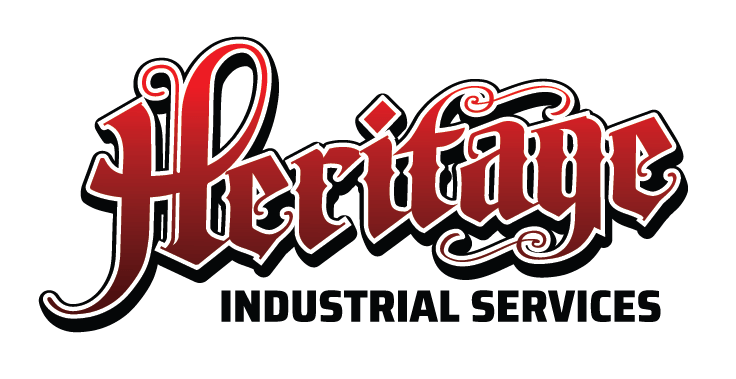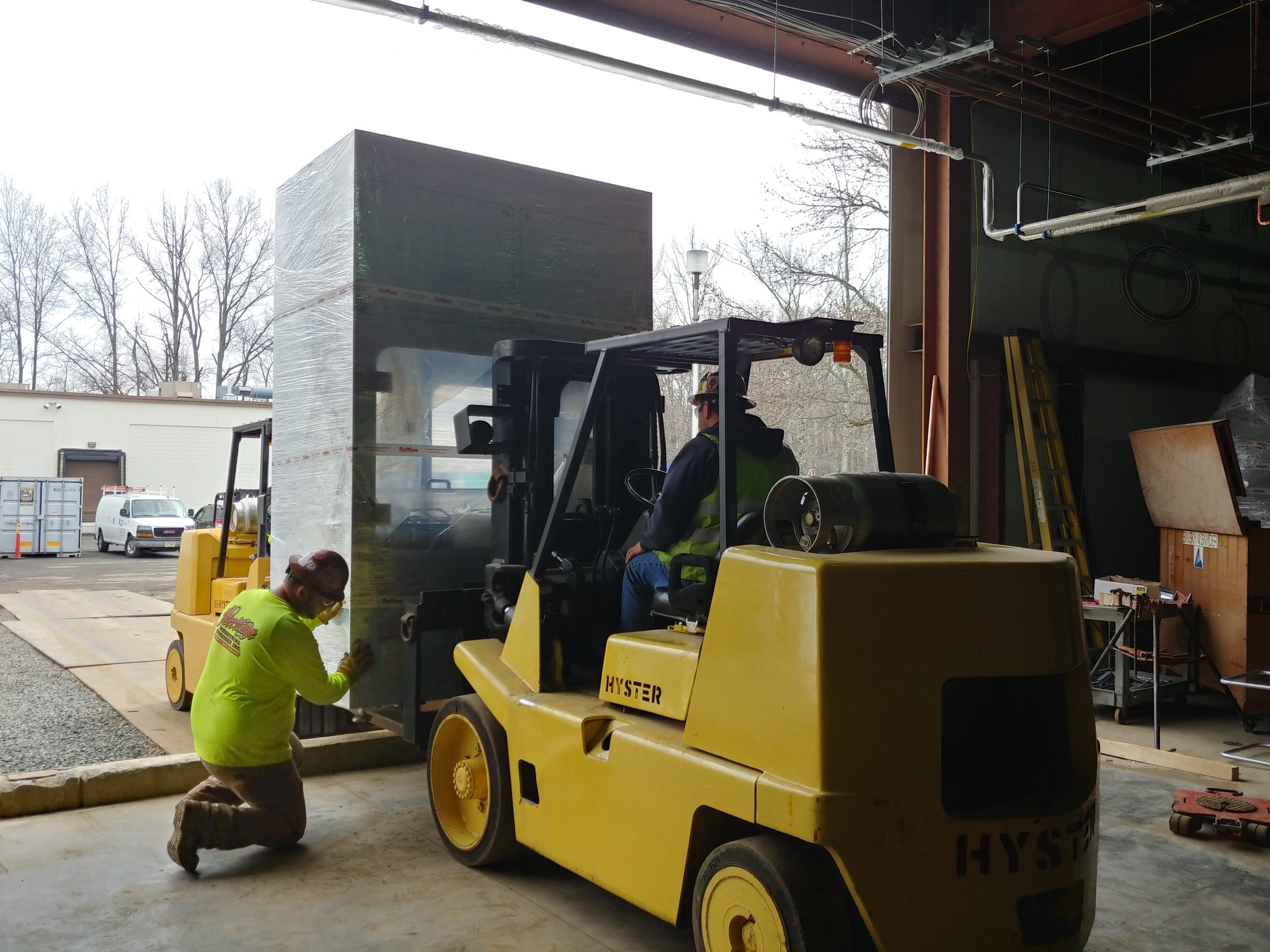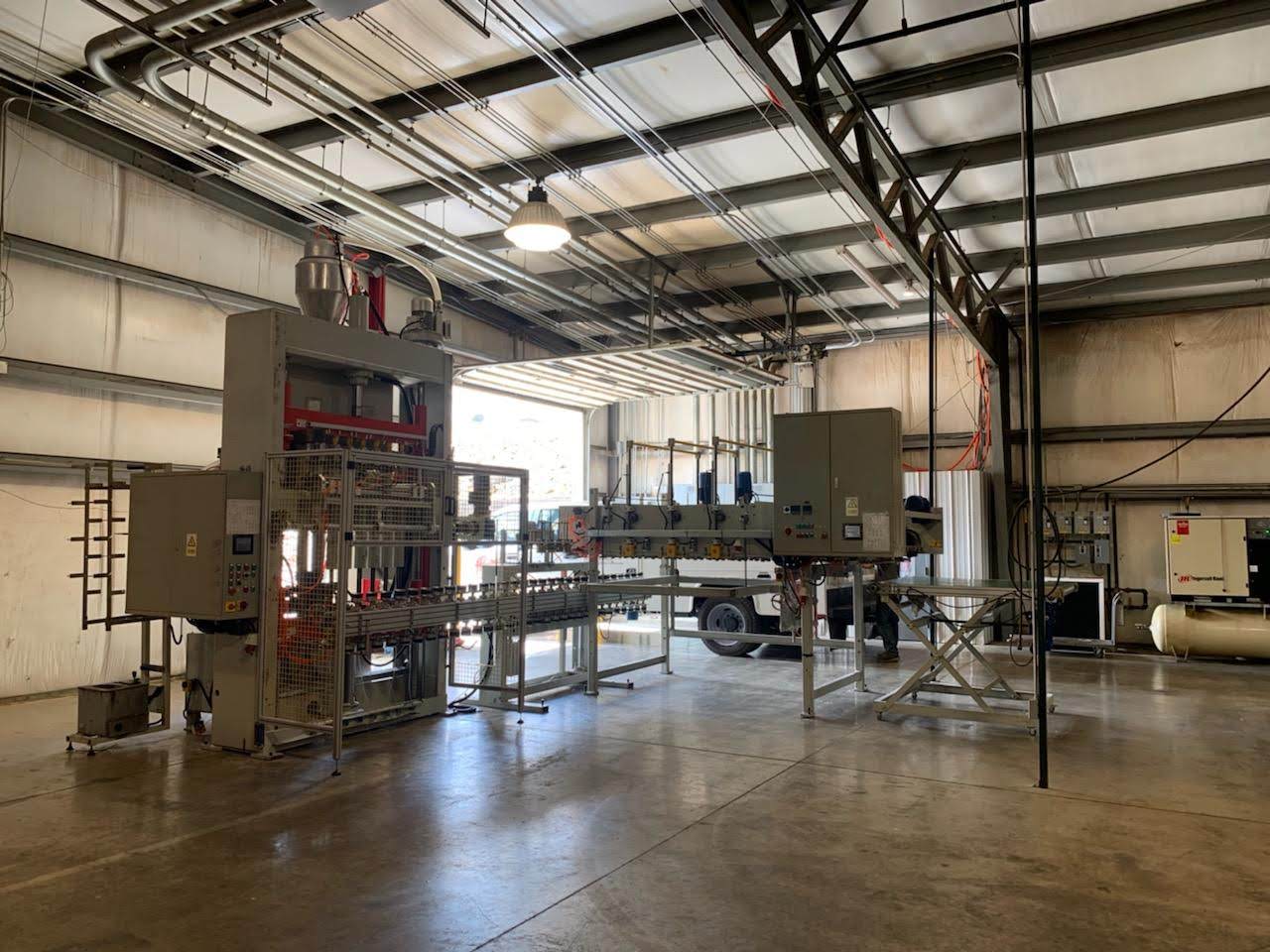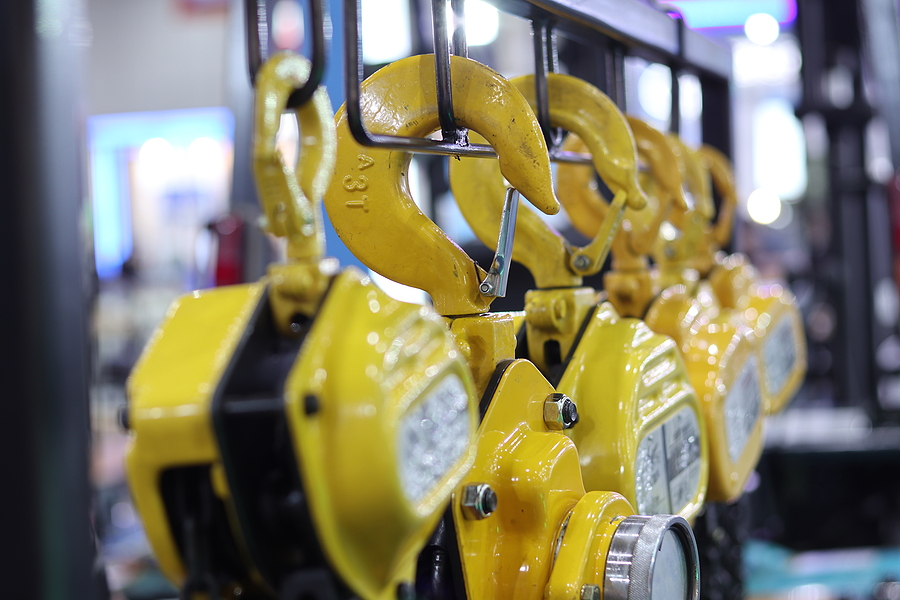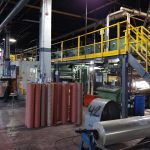Industrial Job Site Safety – The Impact of COVID-19
The COVID pandemic single-handedly brought much of our country’s industry to a halt. As we try to reopen businesses and get people back to work, the health of our workforce and our entire population is a top priority. This means every industry is looking for ways to protect the health of its employees and customers while remaining productive and profitable. The industrial dismantling and construction industry faces some unique challenges in maintaining job site safety.
Social Distancing and Contact Tracing
These are among some of the most effective methods for limiting the spread of if the disease. However, social distancing and contact tracing can be difficult on an industrial job site. There are typically a variety of people coming and going, including supervisors, machine operators, contractors, inspectors, and more. The CDC’s recommendations for social distancing and contact tracing are practiced as much as possible. Yet in some cases, these methods can compromise job site safety by not having sufficient personnel where they are needed. This makes other methods for maintaining job site safety even more important.

Industrial Job Site Safety Precautions
Keeping the job site safe and all those who enter it safe and healthy is everyone’s responsibility, not just the job site supervisor or business owner.
- If you have symptoms or are sick, notify your supervisor and stay home.
- Anyone who entered or worked on the job site who tested positive should be treated as a confirmed case.
- Once there has been a confirmed case, everyone who entered or worked on the job site should be tested.
- Those who show no symptoms and test negative must self-quarantine for 14 days from their most recent exposure.
- If testing isn’t available:
-
- Those who show symptoms should self-isolate and be treated as a probable COVID-19 case.
- Those without symptoms should self-quarantine and be monitored for 14 days after their most recent exposure. Should symptoms develop, they must seek clinical care.
The CDC recommends that employers and job site supervisors take the following steps to prepare for a possible case investigation and contact tracing.
- Appoint a COVID-19 coordinator or team to oversee pandemic-related activities.
- Identify and visit the health department website.
- Create a COVID-19 preparedness, response, and control plan.
- Review CDC guidance on case investigation and contact tracing.
- Encourage employees to cooperate with the health department.
While on the job site, additional precautions are necessary to promote job site safety.
- When possible, maintain a distance of six feet from others on the job site.
- Conduct temperature checks before allowing individuals on to the job site
- In small workspaces such as job site elevators, trailers and vehicles, and spaces under construction, limit the number of individuals allowed to be in those areas at the same time.
- Stagger shifts, if possible, to limit contact.
- Wear face coverings at all times. Cloth face covering may help prevent transmission of the virus, however, they aren’t appropriate in work areas where surgical grade masks or respirators are required.
- Clean and disinfect frequently touched surfaces such as shared tools, machines, vehicles, and other equipment, handrails, ladders, doorknobs, and portable toilets. This should be done at the beginning and end of every shift as well as when someone else uses your tools, workstation or machinery.
- Limit tool sharing whenever possible.
- Clean your hands frequently with soap and water or alcohol-based hand sanitizer. This should be done:
- At the beginning and end of your shift or breaks.
- After using the restroom or portable toilet.
- Before and after eating.
- After sneezing, coughing, or blowing your nose. Use tissues and dispose of them.
- Before putting on and after taking off work gloves, face coverings, masks, respirators, safety goggles, etc.
- Avoid touching your eyes, nose, or mouth.
- Restrict access and interaction with co-workers who are at high risk, such as those that are older or have underlying conditions.

Industrial Job Site Safety is Our Top Priority
Job site safety has always been a priority at Heritage Industrial Services. We are expanding our safety measures to prevent the spread of COVID-19 on our job sites and maintain the health of our team and all those we come in contact with.
Heavy industrial and manufacturing equipment relocation can be a serious challenge but, with over 90 years of combined experience, there isn’t much we haven’t moved or accomplished. Our services range from removing and installing small individual machines to relocating huge industrial facilities. We work with a diverse group of clients across a wide variety of industries.
Heritage Industrial Services is committed to conducting business operations in a manner that sustains the environment and protects the health and safety of our employees, clients, and the public. To discuss how your plant relocation project can benefit from our turnkey services, contact us today!
